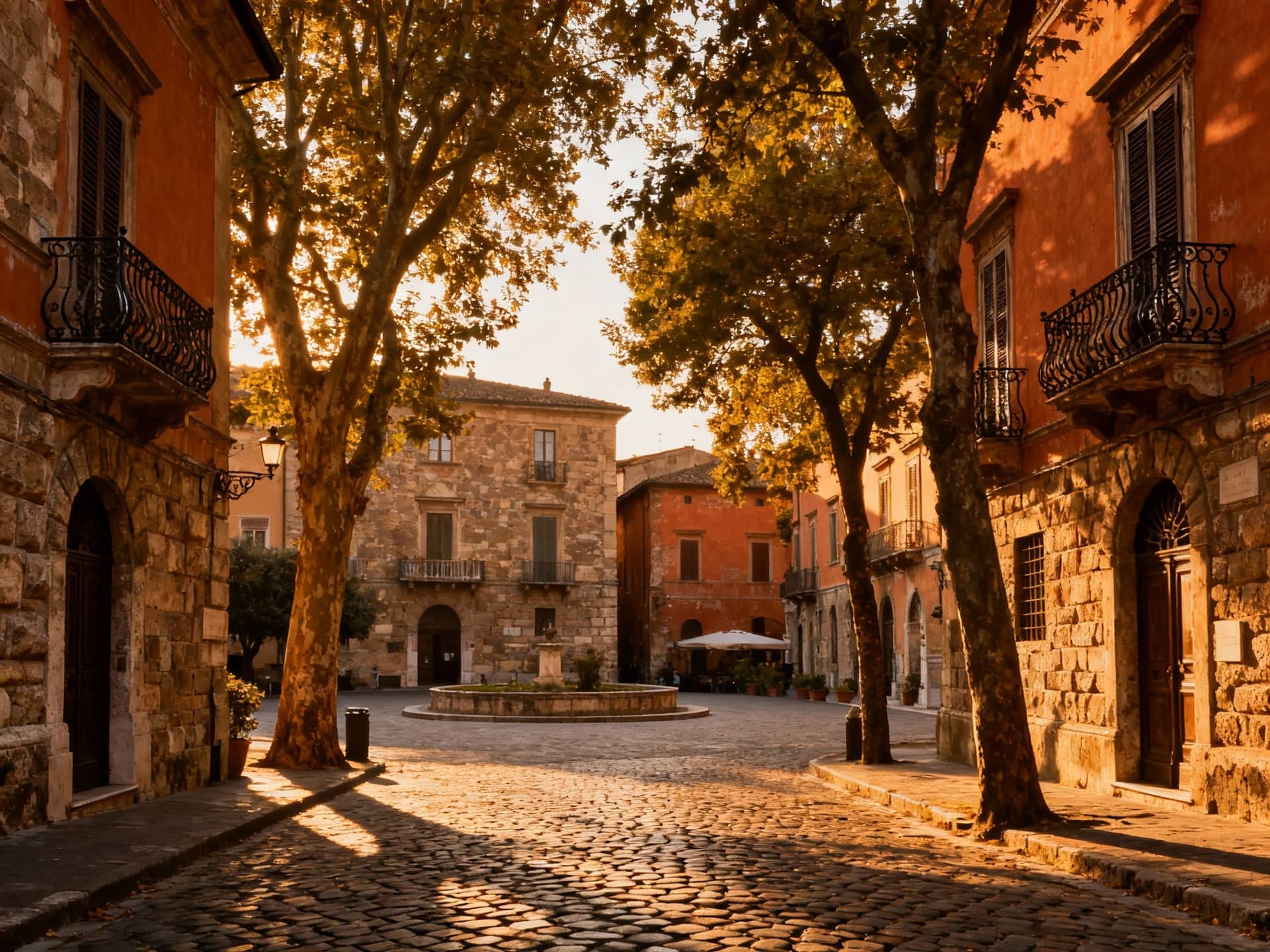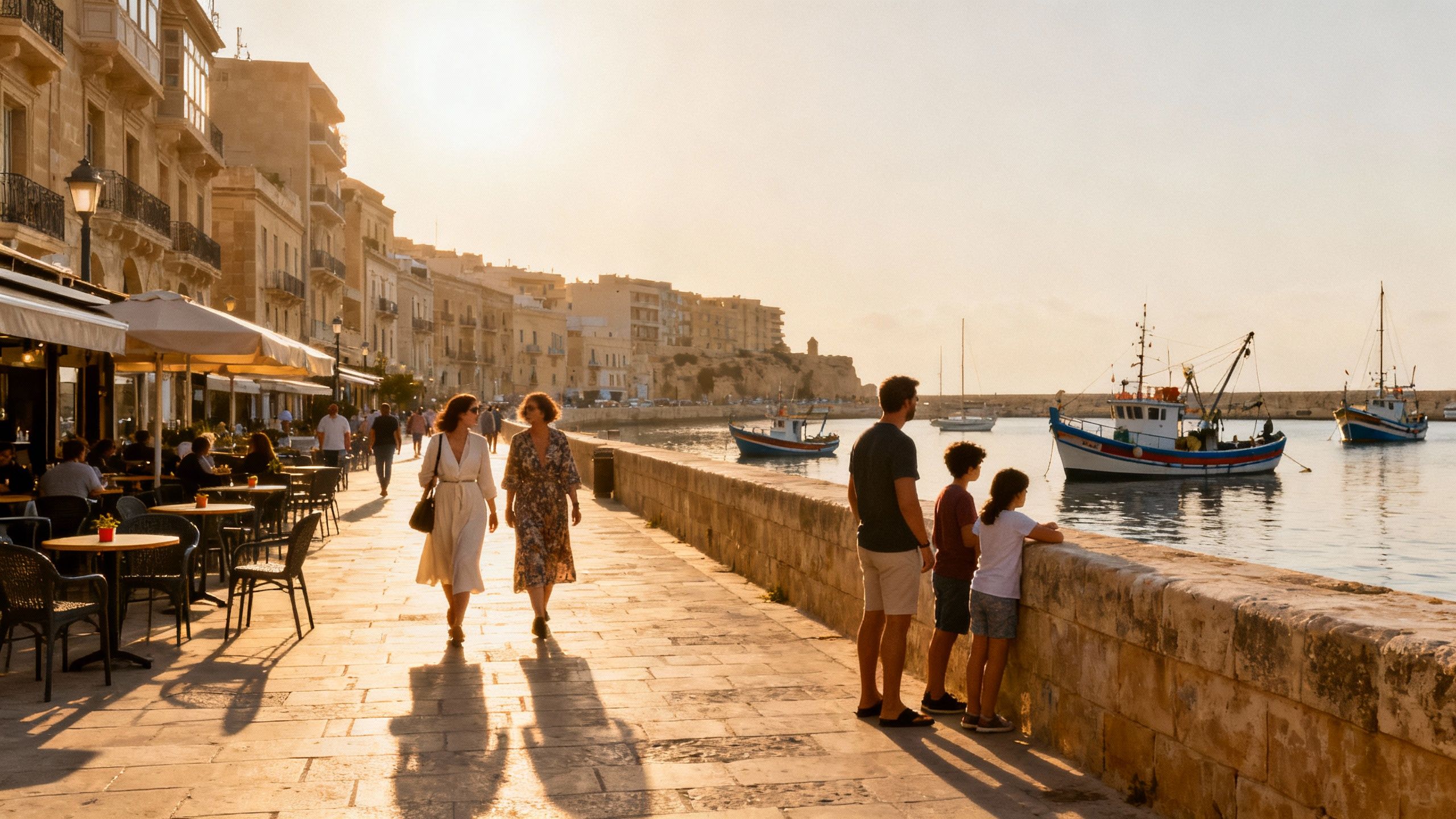Choosing a Local Agency in Italy: Neighbourhood Analysis
How international buyers evaluate Italian neighbourhoods and choose local agencies — practical due diligence, red flags, and data‑backed steps to retain stewardship and value.
According to recent national statistics, demand and prices across Italian residential markets show measured growth but wide regional variation; international buyers therefore require local expertise to navigate neighbourhood nuances and regulatory particulars.
Why choosing the right local agency matters in Italy

Italy’s market is diverse: global cities, Renaissance centres, Alpine towns and rural hamlets each carry distinct price drivers, permitting regimes and tenancy customs. The Osservatorio del Mercato Immobiliare (OMI) reports are the reference for volumes and values, and a capable local agency will translate those macro figures into street-level insight. For international buyers, an agent is not only a seller of listings but a guide through due diligence, local taxation, permit timing and cultural protocols.
Architectural and neighbourhood pedigree
Distinguish districts by architectural fabric — historic centre, liberty-era suburb, post-war consolidation and new developments each imply different maintenance regimes, heritage constraints and resale appeal. A discerning agency will demonstrate knowledge of period materials, restoration standards and local conservation authorities (Soprintendenze). For buyers seeking provenance and enduring value, neighbourhoods with coherent architectural identity often outperform transient trends.
Practical local matters every buyer should expect from an agency
Beyond valuation, a professional local agency coordinates notarised contracts, pre-purchase inspections, and relationships with notaries, surveyors and local geometri. They should explain typical timescales for closing, the common scope of pre-sale repairs, and whether a property falls under special heritage protections. Expect transparent disclosure of fees and a clear description of services such as market analysis, negotiation, and introductions to legal counsel.
- Ask for proof of local expertise and service scope
- Recent comparable sales and a reasoned market appraisal specific to the street or block rather than a city-wide average
- A clear description of post-offer support: technical surveys, notary selection, escrow handling and assistance with reforma/permits where required
- References from previous international clients and examples of cross-border transactions handled end-to-end
Common pitfalls and how to avoid them

International buyers often conflate national headlines with local conditions; while ISTAT shows modest national price growth, neighbourhood-level dynamics may diverge substantially. A mismatch between buyer expectation and local reality can lead to overpaying or choosing a district with poor rental prospects. Selecting an agency that supplies granular, cited data prevents costly assumptions.
Red flags when assessing agencies
Beware agencies that rely solely on portal listings without independent market commentary, that are vague about legal partners, or that offer pressure tactics to close quickly. Absence of documented client references, unwillingness to provide recent comparable sales, or opaque fee descriptions are signals to pause. Insist on written terms and a defined scope before instructing representation.
Best-practice responses you should expect
A reputable agency will offer a written buyer mandate, arrange remote viewings with detailed floor plans and measured drawings, and provide a step-by-step timeline for offer to completion. They will describe typical additional costs (notary fees, registration tax, agency commission) and indicate whether they act as dual agents or exclusively for the buyer. Clarity at engagement reduces surprises and preserves value.
- Steps to vet and engage a local Italian agency
- Request a written market appraisal with three recent comparables and ask for their sourcing and adjustments
- Confirm the agency’s regulatory standing and local affiliations; check reviews and request international client references
- Ask for a sample buyer mandate and fee schedule; ensure dual agency is declared in writing and that conflicts are managed
- Require a recommended team: notary, geometra, architect and English‑speaking legal counsel where needed, with independent engagement options
- Agree milestones and remote working protocols (video visits, certified translations, escrow arrangements) and document them in the mandate
Advanced considerations: taxes, permits and stewardship
Taxes, inheritance rules and renovation permits materially affect total cost and future resale. Agencies with experience in cross‑border purchases will outline IMU/registration tax differences, and whether a property qualifies for restored‑property incentives. They should also advise on local building codes, required S.C.I.A. or Permesso di Costruire procedures and likely timelines for restorations in heritage zones.
Location-specific factors for Italian neighbourhoods
Northern cities such as Milan and Bolzano exhibit higher per‑square‑metre values and strong professional demand, while central heritage centres like Florence and Siena command premium pricing for restored period properties. Coastal and island markets have seasonal demand and different rental yields. A local agent must demonstrate mastery of these subtleties and provide yield projections and permit risk assessments tailored to the district.
Future considerations and market timing
Macro trends such as interest rate trajectories and domestic affordability indices influence whether a purchase is best made now or staged over quarters. Agencies that monitor OMI and ISTAT releases can advise on windows of relative advantage, and on whether to prioritise off‑market opportunities that avoid bidding wars. Timing remains important: entering at a neighbourhood inflection can preserve capital and enhance long‑term stewardship.
- Services a first‑rate agency should provide for international buyers
- Granular market appraisals and cited comparables for the immediate district, not just city averages
- End‑to‑end coordination with notary, geometra, architect and tax advisor; written introductions and cost estimates
- Assistance with remote purchase logistics: verified video tours, certified translations and escrow/accounting choices
- Clear disclosure of commissions, potential dual agency, and typical closing costs so buyers can compare true all‑in prices
- Post‑purchase stewardship: trusted local craftsmen, maintenance planning and heritage compliance oversight
- A concise due diligence checklist to request from any agency
- Title search and certificate of change of use, validated by a local notary
- Energy performance certificate (APE) and disclosure of recent works or sanctions
- Verified floor plans and measured drawings signed by a geometra, with surface area reconciled to cadastral records
- Local planning and heritage checks where relevant, and an estimate of permit times and probable costs
- A recommended notary and independent legal counsel with experience in cross‑border transactions
Conclusion: Italy rewards deliberate stewardship. Work with an agency that substantiates claims with local data, outlines a clear process, and offers long‑term support for preservation and value. Engage early: request written appraisals, a buyer mandate and a named team; timing and informed local counsel will protect capital and ensure the property becomes part of a considered legacy.
Former Copenhagen architect who relocated to Provence, offering relocation services, market analysis, and a curator’s eye for authentic regional design.


